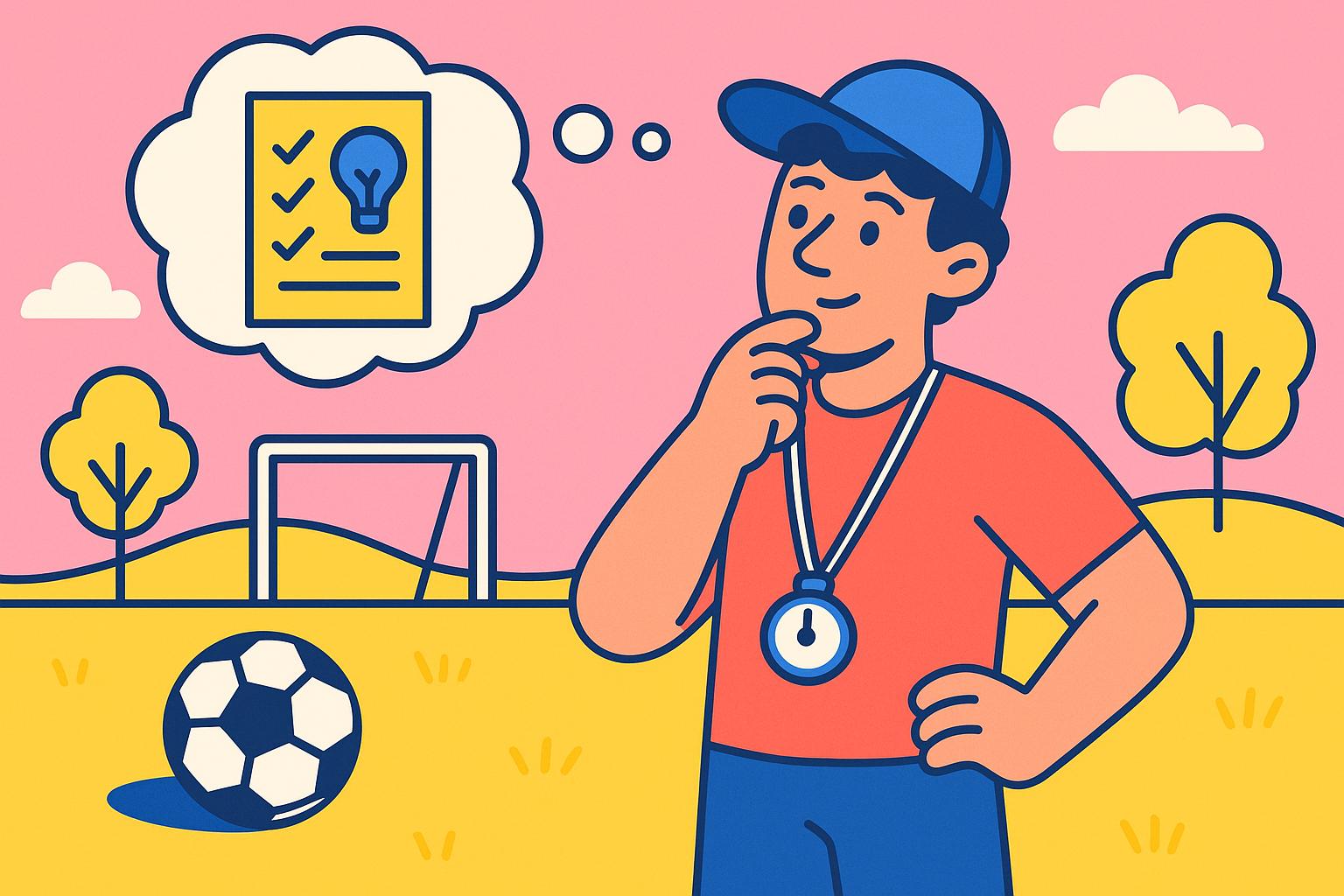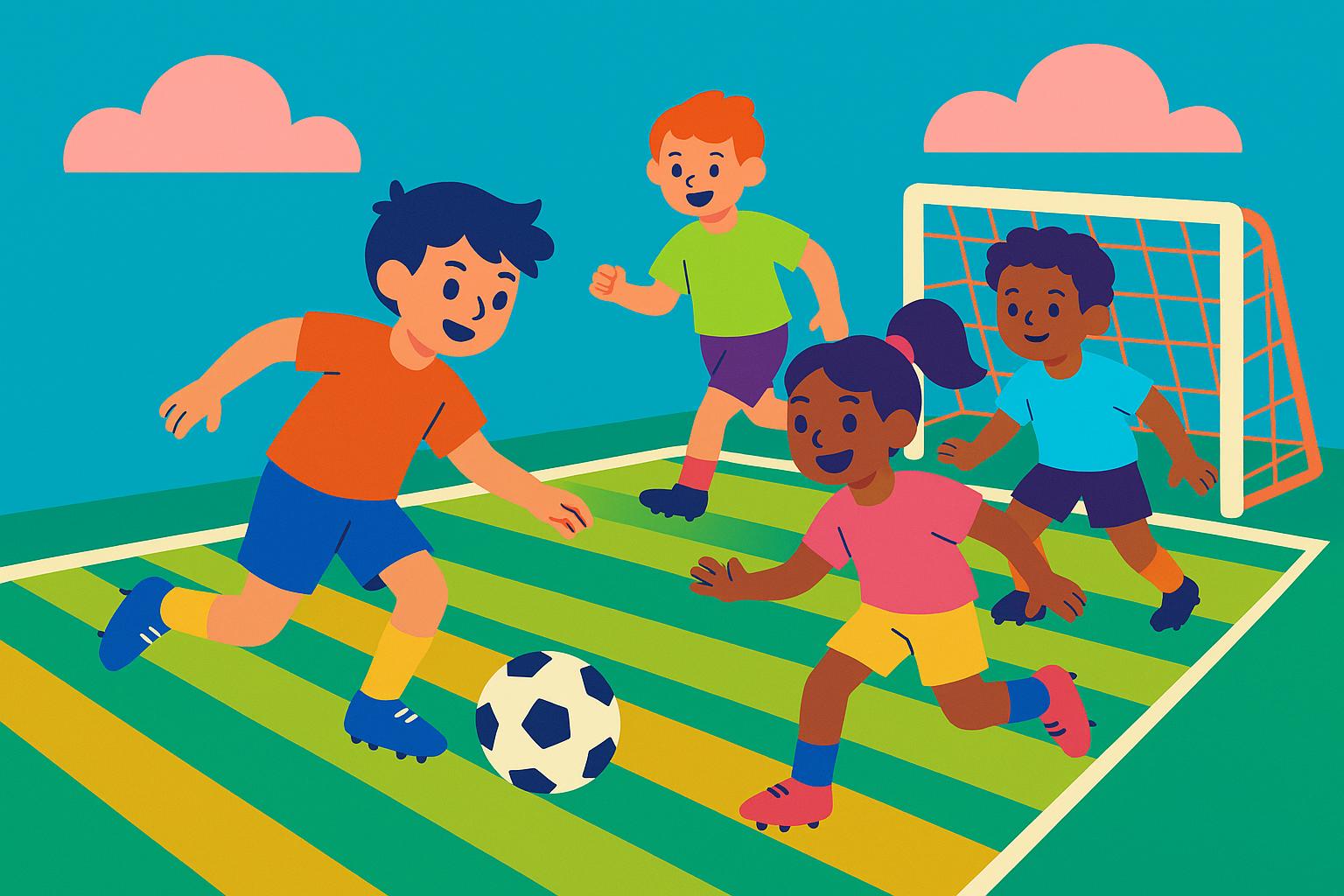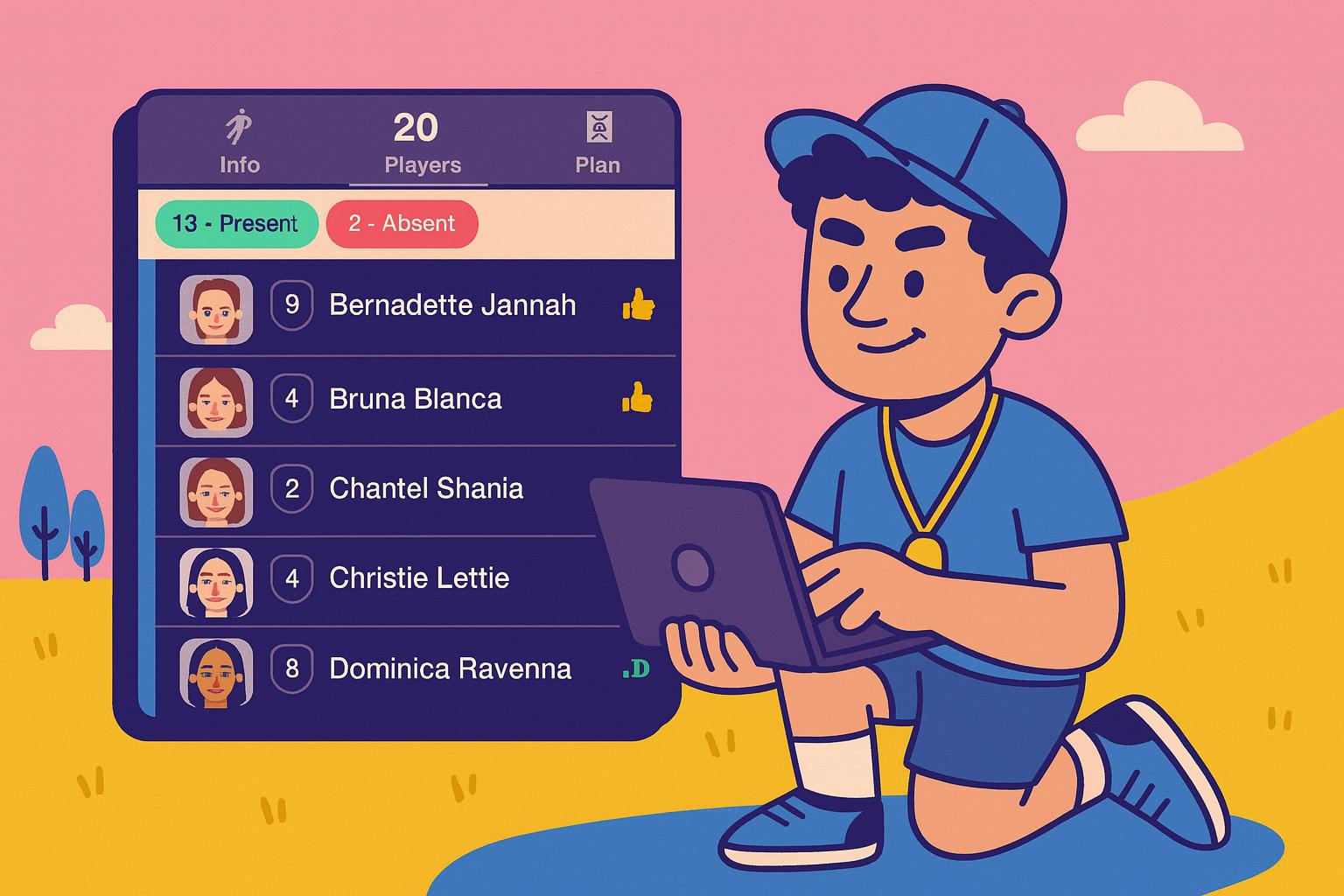
Crafting Fun and Effective Practices: A Coach’s Perspective
As coaches, we quickly realize that the most successful practices aren't always the ones packed with drills or tightly choreographed routines. They're the ones where players grow and laugh, where there's structure — but also space for joy. Over the years, I’ve seen how the right balance of challenge and fun can transform a group of distracted kids into a team that looks forward to showing up, learning, and giving their best.
💬 Coach's Tip: The best sessions aren’t about packing in more drills — they’re about creating energy your players want to come back to.
One small thing I like to do at the beginning of practice is to build connection right away. Sometimes that means a lighthearted warm-up — asking players to share their favorite snacks, a funny moment from school, or even something they’re looking forward to. It seems small, but those moments set the tone. You’d be surprised how much more engaged a player becomes after feeling seen and heard in the first few minutes.
Once we’ve got a good vibe going, I ease into drills — but not the kind that leave kids dragging their feet. I’ve found that when drills feel like games, players naturally invest more. Relay races, ball-control challenges, and small-sided matches work especially well. I still introduce the technical goals behind each activity, but I frame them in a way that invites curiosity and effort rather than just obedience.

This is where the Coach Blitz Drill Library really shines. I can quickly pull up activities tailored to a specific age group, skill focus, or practice theme. It’s helped me stay fresh, especially when juggling multiple teams with different needs. Instead of reinventing the wheel, I can focus on adapting great drills to fit the personalities in front of me.
One trick I use often is turning basic objectives into team challenges. Take something simple like passing — instead of just repeating reps, I’ll turn it into a timed competition: “Let’s see how many clean passes you can complete in 60 seconds.” Suddenly, they’re locked in, cheering each other on, and pushing themselves without even realizing they’re learning.
💬 Try This: Add a story to your drill. “The Super Soccer Squad needs to complete the challenge to advance to the finals!” A little imagination goes a long way — especially with younger players.
At the end of practice, I always gather the team for a quick huddle. We go around and each player shares one thing they felt proud of. Sometimes it’s a skill; sometimes it’s a hustle play; sometimes it’s just being a good teammate. These small moments of reflection help build confidence and reinforce effort — even more than outcome.

That’s where Coach Blitz continues to be a huge help. I can jot down notes during or after practice — who made progress, who showed leadership, who might need a little encouragement next time. When I follow up with players or talk to parents, those details make a difference.
I also make it a point to ask players what they enjoyed most. Their answers shape how I structure future sessions. One player might love the relay races, another might get the most out of mini scrimmages. The more I understand what lights them up, the more effective I can be as a coach.
Of course, behind every practice is a stack of logistics — schedules, attendance, communication, planning. I rely on Coach Blitz to keep that all organized. It’s not about bells and whistles — it just lets me stay on top of things so I can focus on what actually matters: the coaching, the kids, the energy on the field.
💬 Coach's Rule: Tools should serve the session — not take over the session. Tech should make coaching easier, not more complicated.
In the end, coaching is about more than drills and scores. It’s about building a space where kids grow — not just in skill, but in confidence, teamwork, and joy. When we create that kind of environment, everyone wins. And that’s why I keep coming back.
— The Coach